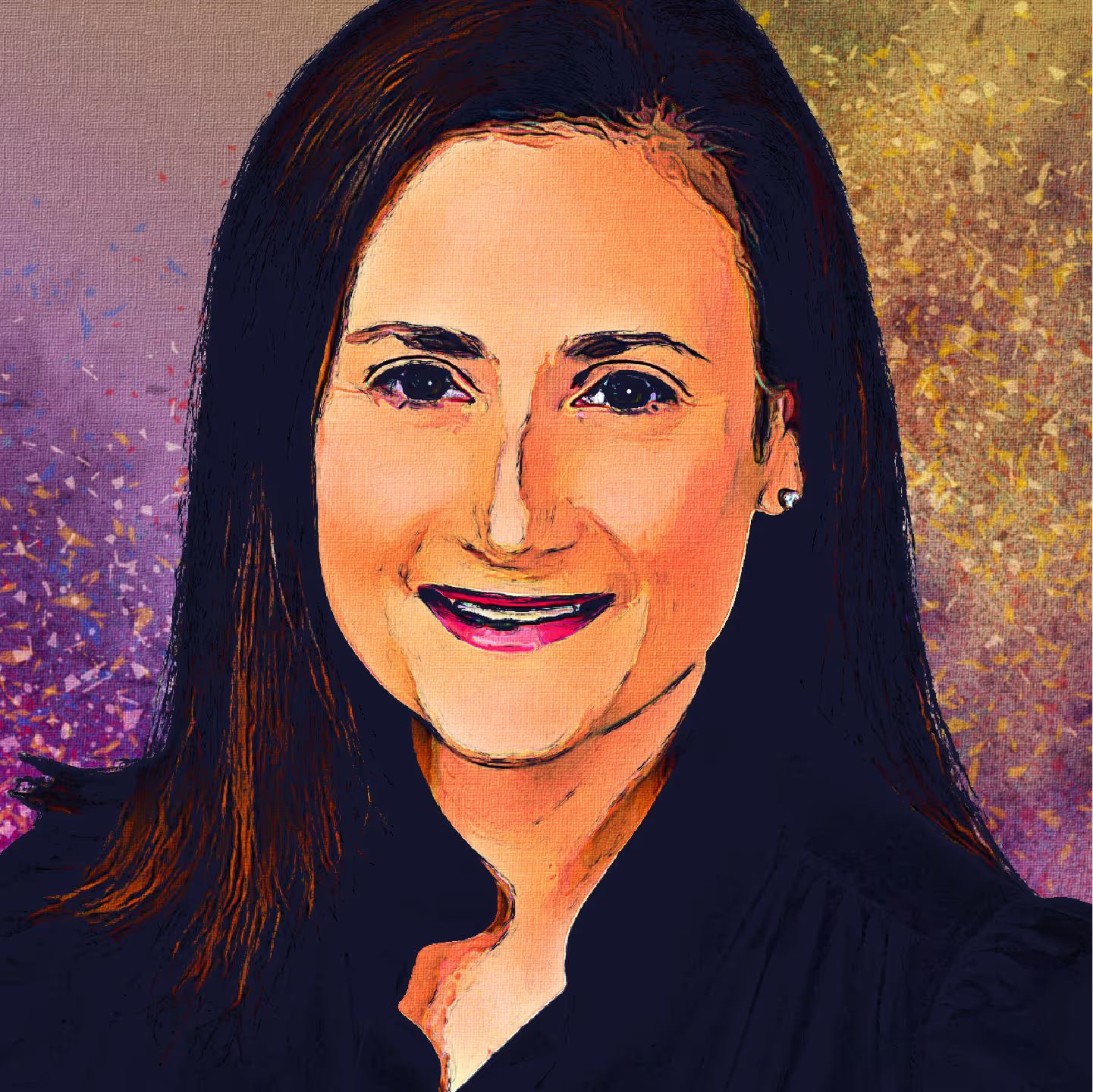Paolo Zannoni's career path has been anything but conventional. Prada’s executive deputy chairman began his professional journey far from the world of high fashion, pursuing a Ph.D. in political science at Yale University, but a chance encounter with Gianni Agnelli, the legendary chairman of Fiat, upended his plans. Impressed by the young researcher, Agnelli offered him a job. Zannoni, equally charmed by Agnelli, left academia in favor of Fiat, where he eventually rose to become vice president.
That decision marked the beginning of a career spanning finance, telecommunications and now luxury goods. Zannoni says his experience with Goldman Sachs most profoundly shaped his leadership style. The investment bank hired him despite Zannoni informing the managing partner he couldn’t balance his checkbook properly. “He told me, ‘We have 400 people who can do that, but nobody who can guide us in the complexities of doing business in Italy.’” Zannoni says that’s when he understood the value of hiring talented people and leaving them alone to do their jobs.
It's a philosophy he brought to Prada in 2021 that helps him navigate the intersection of luxury, sustainability and technology. Prada made its name melding classic and disruptive, and as equal parts iconic and groundbreaking it leans heavily into the ethos that “the only constant is change.” And just as Prada sets the tone for each new season, it’s now setting the standard for best practices in sustainability and the use of technology in both operations and creativity—all, of course, while maintaining what Zannoni calls the brand’s “Pradaness.”
The move is a timely one as the family-run organization addresses the challenge of balancing traditional techniques (including handmade prototypes, artisanal methods that rely on early 20th-century machines and training craftspeople at Prada’s in-house academy) with the next generation of modern industrial processes and technologies. In fact, the next generation is helping drive the sustainability push, Zannoni says, noting that Lorenzo Bertelli—son of former co-CEOs Miuccia Prada Bianchi (now executive director) and Patrizio Bertelli (now chairman of the board)—is responsible for the group’s overall approach to sustainability as head of social corporate responsibility, which was established shortly before Zannoni joined the company. Fashion houses aren’t known for their environmental consciousness, of course, and Zannoni acknowledges the seeming contradiction between luxury and sustainability: “The reputation of the fashion industry on ESG [environmental, social, governance] issues is not great,” he says. “By definition, fashion means that you buy something new for reasons that are different from replacing something that is broken.”
Prada’s sustainability efforts, however, amount to more than window dressing. Zannoni says the company uses only certified materials that meet animal welfare standards for leather and sustainable alternatives for nylon and cotton. And because 96% of the company's products are made in Italy and the EU—with over 90% of the major facilities located in Italy—a short supply chain reduces transportation-related emissions (and ensures quality control).
In addition, the company has made substantial progress transitioning its power needs from natural gas to electricity, with 85% of its electricity coming from sustainable sources. The numbers are even better when it comes to Prada packaging, with less than 10% containing plastic components, and the rest is composed predominantly of cardboard and paper.

As for artificial intelligence and other technologies, Prada leverages them for everything from customer experience to operational efficiency. Zannoni describes the development of a fully integrated marketing structure that aims to provide a seamless experience across both online and in-store channels. A key component is the potential use of AI-powered shopping assistants online, which he anticipates will offer personalized advice rivaling that of experienced in-store staff.
Beyond customer-facing applications, Prada is harnessing AI's capabilities to develop and adapt pricing—which Zannoni says it accomplishes with unprecedented speed and accuracy—as well as support and enhance its supply chain and operations. Prada is also using AI's trend-spotting capabilities to help maintain the iconic brand’s position at the forefront of fashion.
Even as technology reshapes the industry, Prada remains focused on maintaining its essence. Zannoni muses about AI’s ability to generate the unique combination of heritage and innovation that defines the company. “Can you have a product designed by artificial intelligence that recreates Pradaness, but at the same time [offers] the unexpected? I don't know,” he concludes. “But it is interesting to try.”




